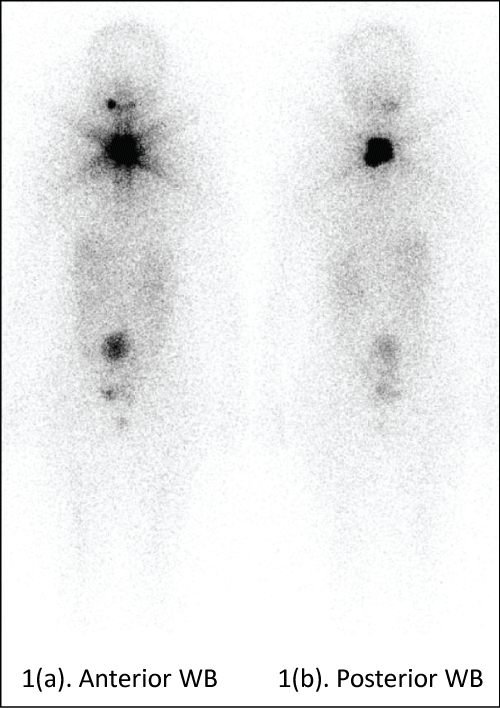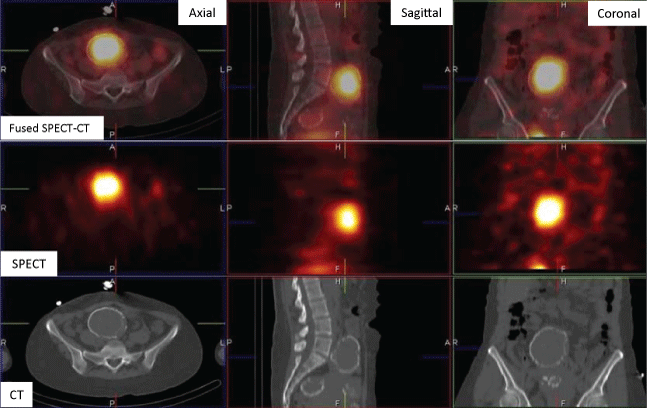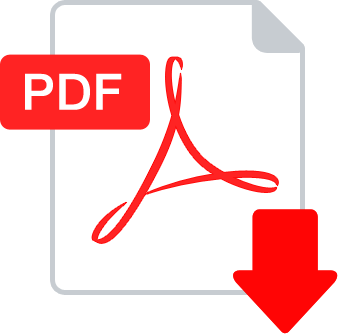Clinical Medical
Reviews and Case Reports
False-Positive Radioactive Iodine Uptake in Uterine Fibroids
Teo Tee Yin T*, McNeely Parren, Stolpen Alan, Menda Yusuf, and Graham Michael M
Department of Radiology, University of Iowa Hospital & Clinics, USA
*Corresponding author: Dr. Teo Tee Yin Tracy, D.O., M.B.A., Diagnostic radiology resident, Monmouth Medical Center, Department of Radiology, 300 Second Ave, Long Branch NJ 07740, USA, Tel: 732 923 6311, Fax: 732 923 6216, Email: teeyin-teo@uiowa.edu; tteo@barnabashealth.org
Clin Med Rev Case Rep, CMRCR-2-071, (Volume 2, Issue 11), Case Report; ISSN: 2378-3656
Received: March 14, 2015 | Accepted: November 21, 2015 | Published: November 25, 2015
Citation: Teo TY, Menda Y, McNeely P, Kahn D, Graham M (2015) False-Positive Radioactive Iodine Uptake in Uterine Fibroids. Clin Med Rev Case Rep 2:071. 10.23937/2378-3656/1410071
Copyright: © 2015 Teo TY, et al. This is an open-access article distributed under the terms of the Creative Commons Attribution License, which permits unrestricted use, distribution, and reproduction in any medium, provided the original author and source are credited.
Abstract
A 46 year old female underwent radioiodine therapy for bilateral multifocal papillary thyroid carcinoma. Post-therapy scan with SPECT-CT showed increased uptake in the pelvis that corresponded to uterinefibroids, as previously characterized by MRI and US exams.
Keywords
Radioiodine, Uterine leiomyoma, Thyroid cancer
Introduction
Whole body imaging is the current standard of care for patients receiving postoperative radioiodine ablation after resection of differentiated thyroid carcinoma. The interpretation of images may determine if the patient may need further therapies. Therefore, an interpreter should be aware of physiologic distribution of activity, benign etiologies that may demonstrate increase uptake and residual or metastatic sites which conjugate radioactive iodine activity [1]. Herein, we report a case of false positive radioiodine uptake in uterine leiomyomas (Figure 1, Figure 2 and Figure 3).

.
Figure 1: Whole body scan performed five days after I-131 therapy shows homogeneous I-131 localization to a large pelvic mass. The septal artifact from the intense localization of the 131-Iodine to the thyroid beds and physiologic distribution of the activity to the salivary glands and bladder are seen.
View Figure 1

.
Figure 2: MRI images acquired 3 years earlier; (A) coronal T2 weighted, (B) axial T2 weighted, (C) axial fat suppressed T1 weighted after Multihance® IV contrast. Subserosal fibroid at the right anterior uterine fundus demonstrates hypointensity on T2-weighted imaging (A and B) and moderate heterogeneous enhancement (C).
View Figure 2
Case Report
A premenopausal Chinese female in her forties had recently undergone thyroidectomy for multinodular goiter which she suffered for decades and failed conservative treatments. On pathology specimens, multifocal subcentimenter papillary thyroid carcinoma was detected with the largest lesion measures 3.7 cm. On the histopathology report, there was no metastatic lymph nodes, neurovascular or lymphovascular invasion identified. As part of the clinical staging process, patient was given a small dose of 123-Iodine to evaluate for gross macroscopic disease. The small dose and short half-life of 123-Iodine is to avoid stunning. After completion of a thorough and informative patient-doctor discussion, the patient consented for radioactive ablation therapy. The final clinical staging was T30M0, given the size of the tumor and patient's age. A 124.5 millicuries of 131-Iodine was administered and a whole body image was obtained 5 days post-therapy.

.
Figure 3: Pelvic SPECT-CT images are acquired concurrently, show diffuse radioiodine uptake within a peripherally calcified uterine fibroid mass.
View Figure 3
Discussion
Sodium iodide symporters (NIS) located at the basal membrane can increase cellular uptake via passive diffusion of radioactive iodine [2]. Several benign ovarian tumors expressing NIS include strumaovarii, mucinous cystadenoma, and serous cystadenofibroma [3,4]. Postulations as to why simple cyst concentrate radiotracers focus on inflammation-induced cross membrane exchanges of water and chemicals [5,6]. The mechanism of tracer concentration in uterine leiomyomas will include expression of NIS, and interactions between the surrounding tissues to induce aquaporin expressions or increase cell membrane permeability with osmolality changes.
Non-thyroid-related disease may accumulate radioiodine due to increased expression of sodium iodide symporters, hyperemia, or inflammation [7]. However, the actual mechanism of radioiodine uptake in this case of uteri leiomyomas remains unclear [8].
Instrumentation
The Single Photon Emission Computed Tomography (SPECT) - Computed Tomography (CT) utilized is a Siemens Symbia T2 and the default set up for 131-iodine images acquisition is as 128 x 128 matrix with 1.23 zoom for a total of 90 views. The camera has 2 heads and set to acquire 45 views each at 40 per view. As for the CT component, the parameters are set at 70 mAs and 130 Kv.
References
-
Trovato M, Vitarelli E, Tripepi M, Abate A, Rizzo P, et al. (2008) Expression of NA/1 symporter (NIS) in endometrial mucosa of fertile, sterile and post-menopausal women. Histol Histopathol 23: 549-554.
-
Oh JR, Ahn BC (2012) False-positive uptake on radioiodine whole-body scintigraphy: physiologic and pathologic variants unrelated to thyroid cancer. Am J Nucl Med Mol Imaging 2: 362-385.
-
Jang HY, Kim BH, Kim WJ, Jeon YK, Kim SS, et al. (2013) False-positive radioiodine uptake in a functional ovarian cyst in a patient treated with total thyroidectomy for papillary cancer. Intern Med 52: 2321-2323.
-
Joja I, Asakawa T, Mitsumori A, Nakagawa T, Akaki S, et al. (1998) I-123 uptake in nonfunctional struma ovarii. Clin Nucl Med 23: 10-12.
-
Brucker-Davis F, Reynolds JC, Skarulis MC, Fraker DL, Alexander HR, et al. (1996) False-positive iodine-131 whole-body scans due to cholecystitis and sebaceous cyst. J Nucl Med 37: 1690-1693.
-
Wen C, Iuanow E, Oates E, Lee SL, Perrone R (1998) Post-therapy iodine-131 localization in unsuspected large renal cyst: possible mechanisms. J Nucl Med 39: 2158-2161.
-
Garger Y, Winfield M, Friedman K, Blum M (2012) SPECT-CT alters management by revealing hyperemia of inflammation as the cause of false-positive I-131 whole-body scans in post-thyroidectomy thyroid cancer patients. J Nucl Med 53: 2080.
-
Hirata K, Shiga T, Kubota KC, Okamoto S, Kamibayashi T, et al. (2009) Radioiodine therapy for thyroid cancer depicted uterine leiomyoma. Clin Nucl Med 34: 180-181.





